Now let’s get to the measurement. This time I don’t rely on the central lab cooling with the chiller and another expansion tank, but simply leave the AiO solution to the air-conditioned environment. So the challenge this time is completely different. Of course, this is not a problem at idle, not by a long shot.
Temperatures are recorded using an engineering tool for, among other things, the GPU diode (or also the hotspot), the substrate temperature of the GDDR6 (hotspot) and the VRM temperatures, as well as using a calibrated, high-resolution industrial camera for precise infrared measurements. The PI640 from Optris with a normal focal length is used here. The camera has a 640 x 480 pixel bolometer to capture thermal radiation. For the evaluation, I record a radiometric video, which I can also read out later at will.
| Test System and Equipment |
|
|---|---|
| Case: |
Open Benchtable |
| Power Consumption: |
Oscilloscope-based system: Non-contact direct current measurement on PCIe slot (riser card) Non-contact direct current measurement at the external PCIe power supply Direct voltage measurement at the respective connectors and at the power supply unit 2x Rohde & Schwarz HMO 3054, 500 MHz multichannel oscilloscope with memory function 4x Rohde & Schwarz HZO50, current clamp adapter (1 mA to 30 A, 100 KHz, DC) 4x Rohde & Schwarz HZ355, probe (10:1, 500 MHz) 1x Rohde & Schwarz HMC 8012, HiRes digital multimeter with memory function MCU-based shunt measuring (own build, Powenetics software) NVIDIA PCAT and FrameView 1.1 |
| Thermal Imager: |
1x Optris PI640 Pix Connect Software Type K Class 1 thermal sensors (up to 4 channels) |
| OS: | Windows 11 Pro (all updates, current certified drivers) |
Now the cooler has to prove itself! I let the AiO sweat at 325 watts TGP (about 408 to 410 watts TBP) and Horizon Zero Dawn in Ultra-HD and at maximum settings for 25 minutes, each with different fan speeds. The complete board is heated through after approx. 8 to 10 minutes, which can be recorded and evaluated very nicely via the large-area IR measurements. We can already see in the GPU temperature that the variant with 1500 rpm performs almost as well as the run with 2800 rpm, i.e. almost double the revs! The run at 2000 rpm also shows that the fans do not like this speed at all on the new HPE radiators. The 63 to 64 °C of the whisper solution with 1000 rpm are also absolutely suitable for everyday use.
This also applies to the hotspot, although I could see another phenomenon here. The variant with 1500 rpm works even better than the one with 2800 rpm, even if the fluctuations are much more violent! The quasi-inaudible solution with 1000 rpm is still absolutely in the green zone and something for the noise-stressed. The 80 °C at the hotspot is still completely okay, even there is still a whopping 15 Kelvin of air upwards.
The GDDR6 is only 56 °C warm in the worst case, which looks like a vacation unit. At our targeted 1500 rpm, it’s then only 50 °C and the hurricane mode with 2800 rpm only brings two degrees less. Pointless.
And what do the hottest voltage converters do? Even at 1000 rpm it’s not 64 °C and with increasing hurricane activity we end up with 52 to 53 °C. That’s outstanding and will put any hybrid Asetek AiO to shame.















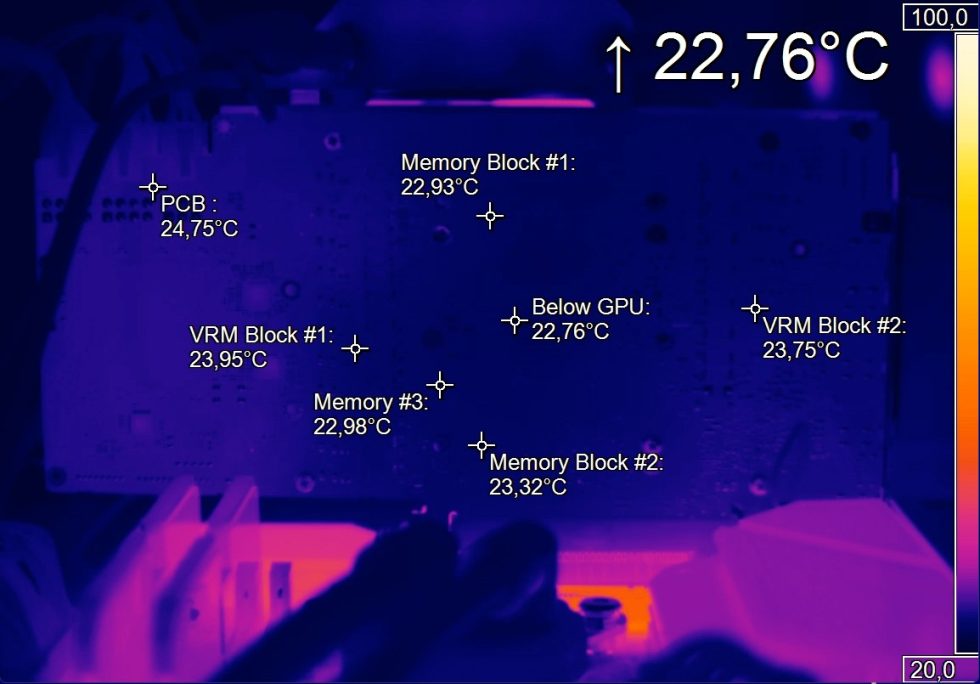
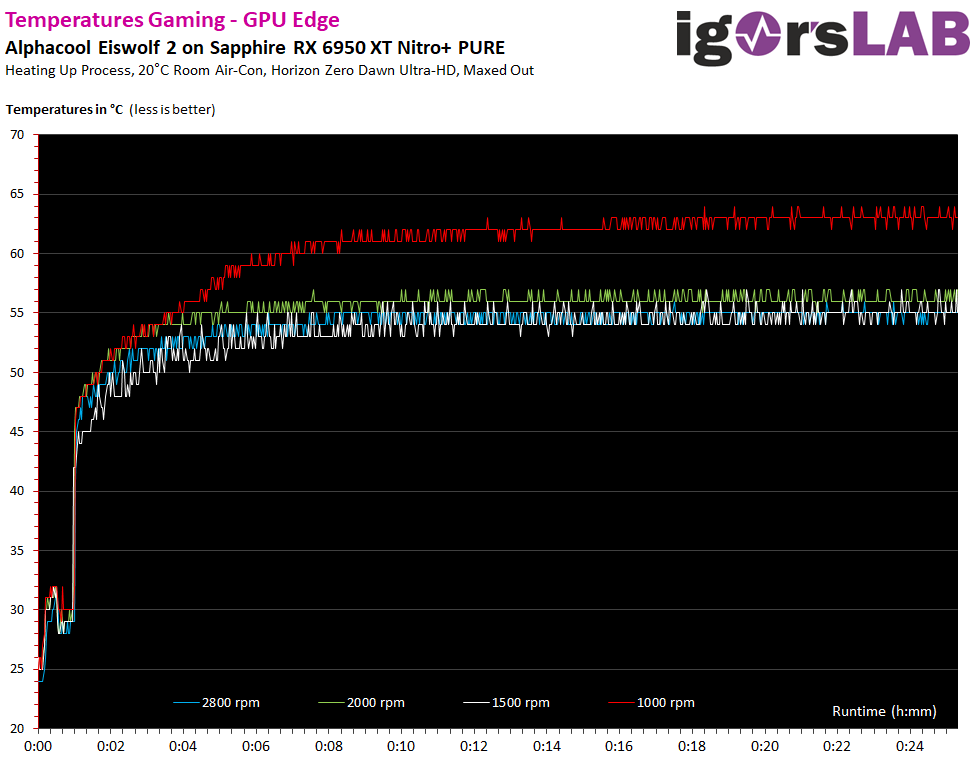
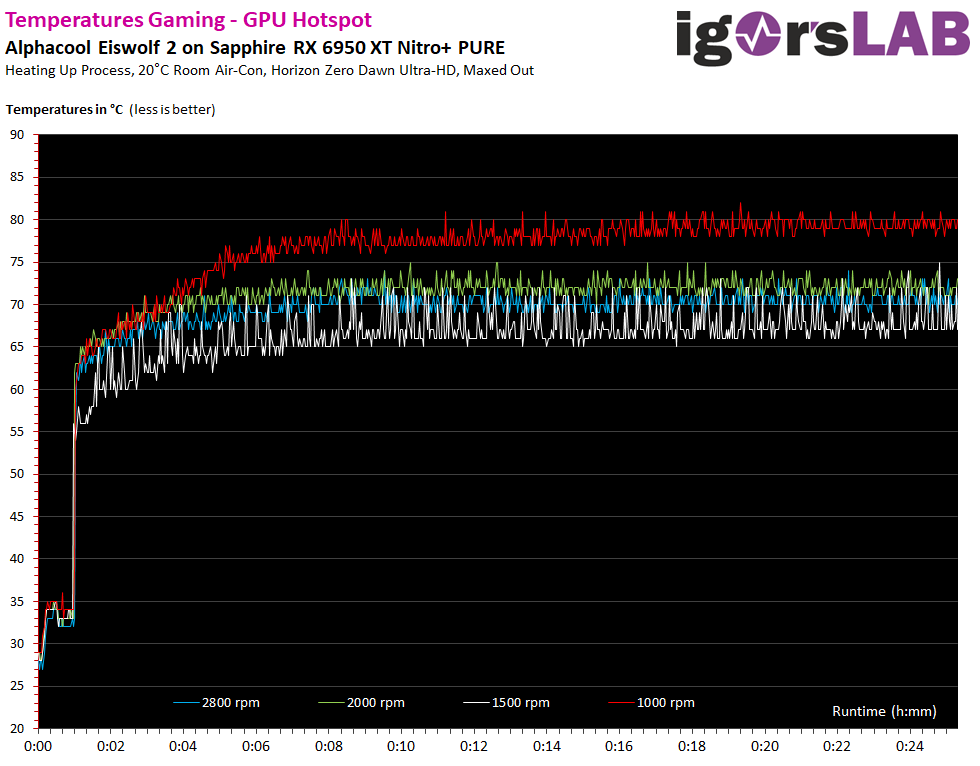
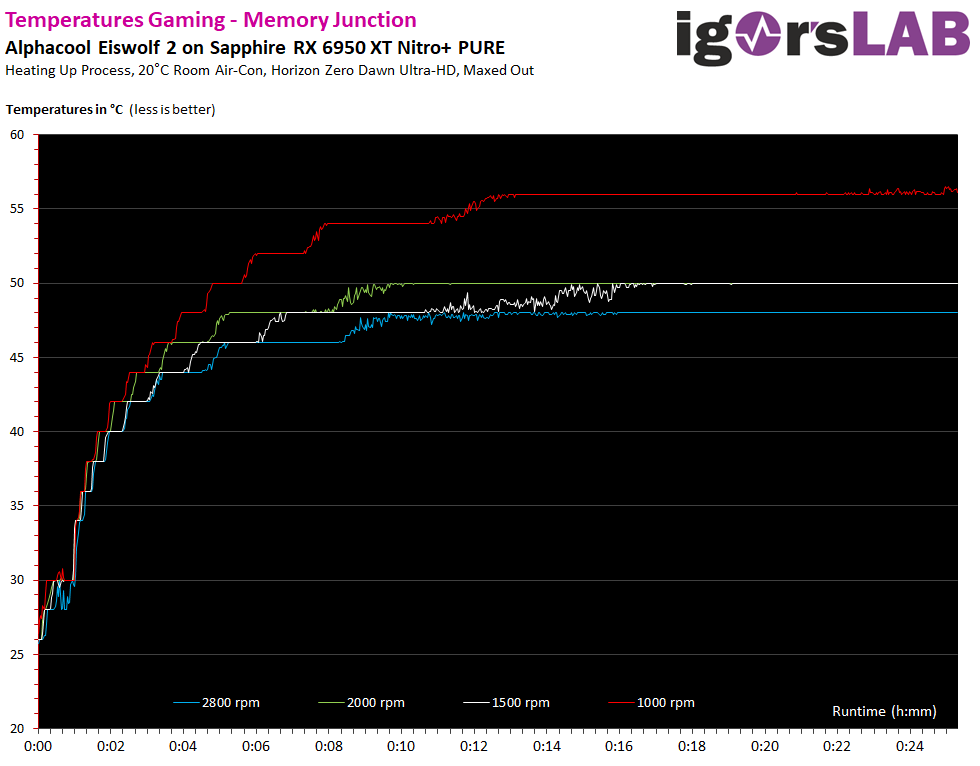
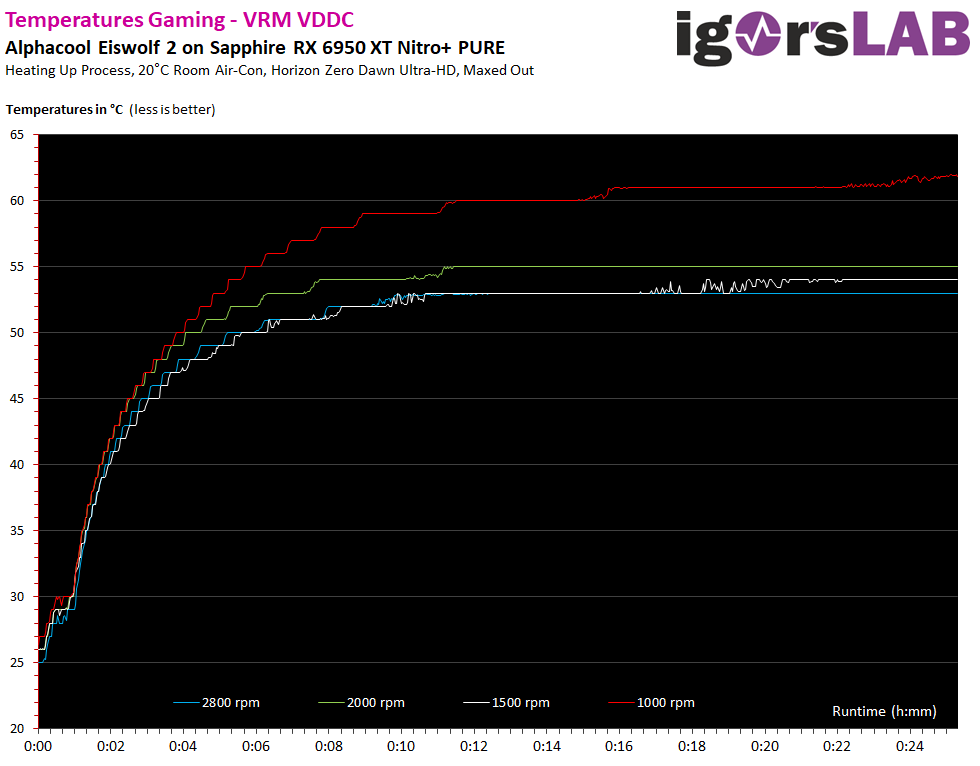


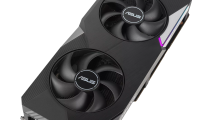

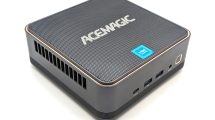
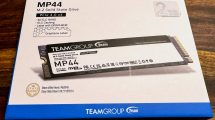



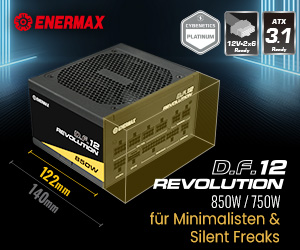
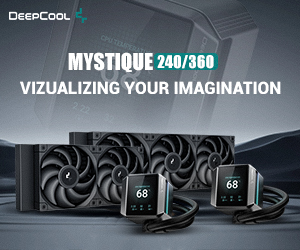

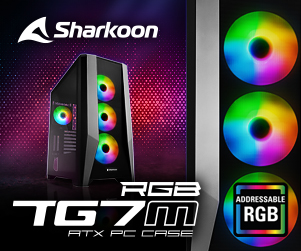


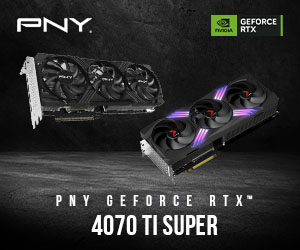
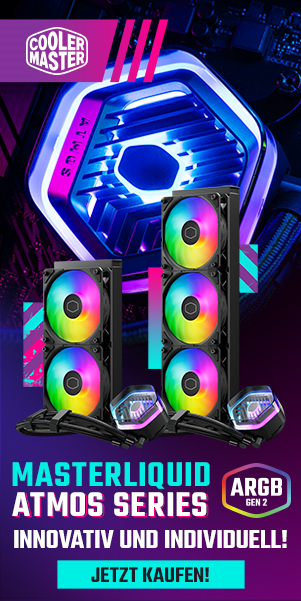


50 Antworten
Kommentar
Lade neue Kommentare
Urgestein
1
Urgestein
1
Veteran
Urgestein
1
Urgestein
Urgestein
Veteran
Urgestein
Mitglied
Urgestein
Veteran
Urgestein
1
Urgestein
Neuling
Urgestein
Alle Kommentare lesen unter igor´sLAB Community →